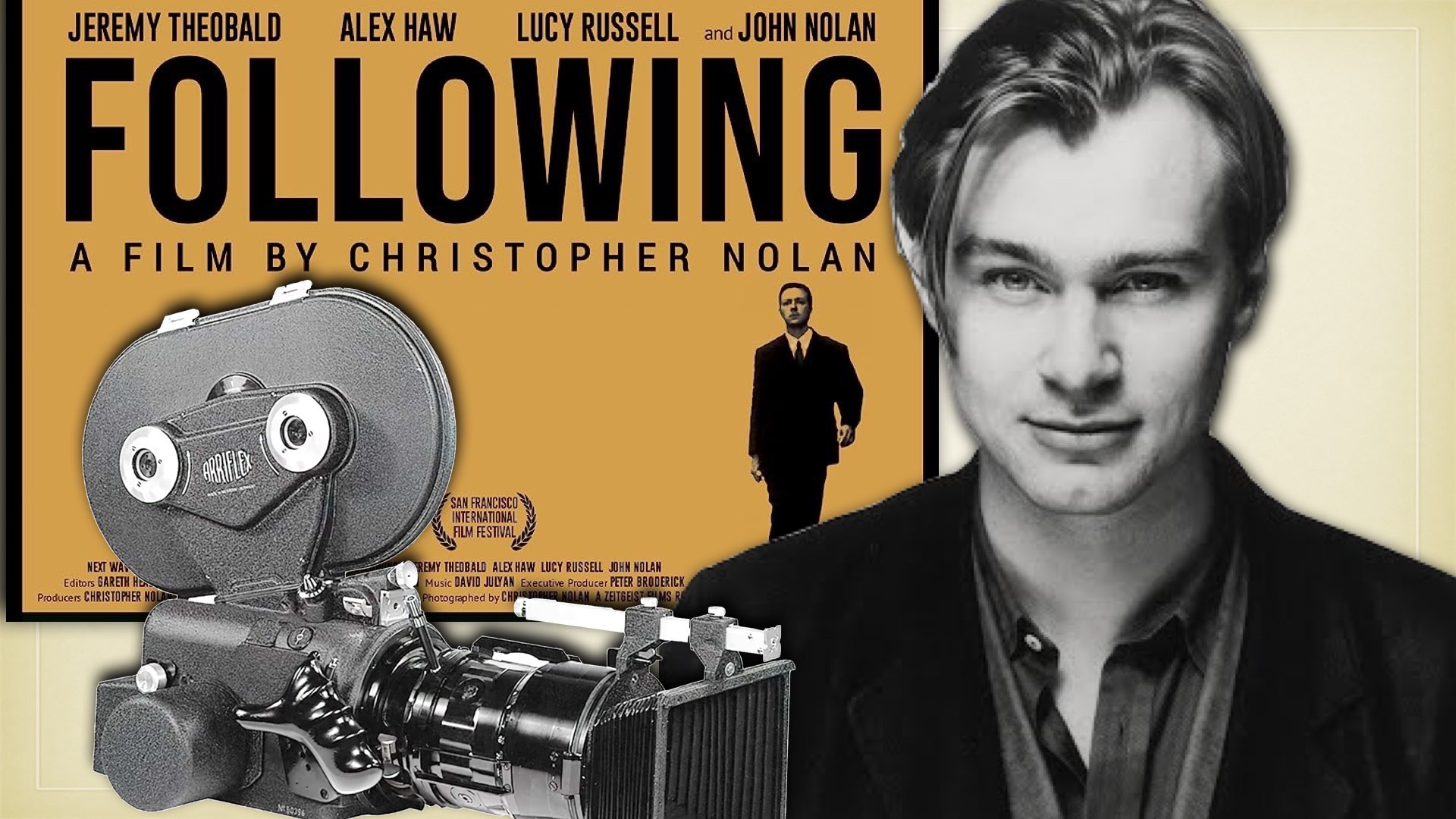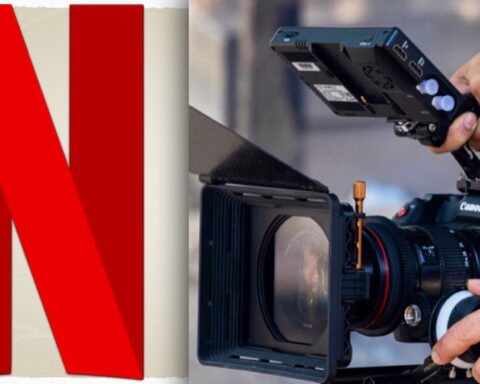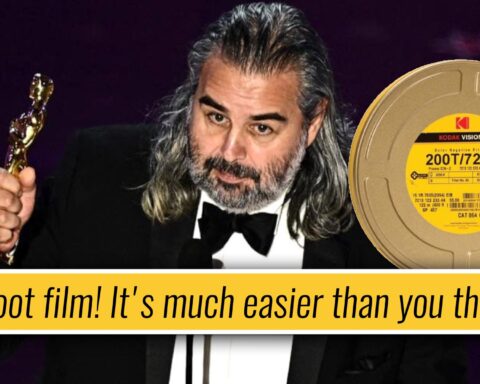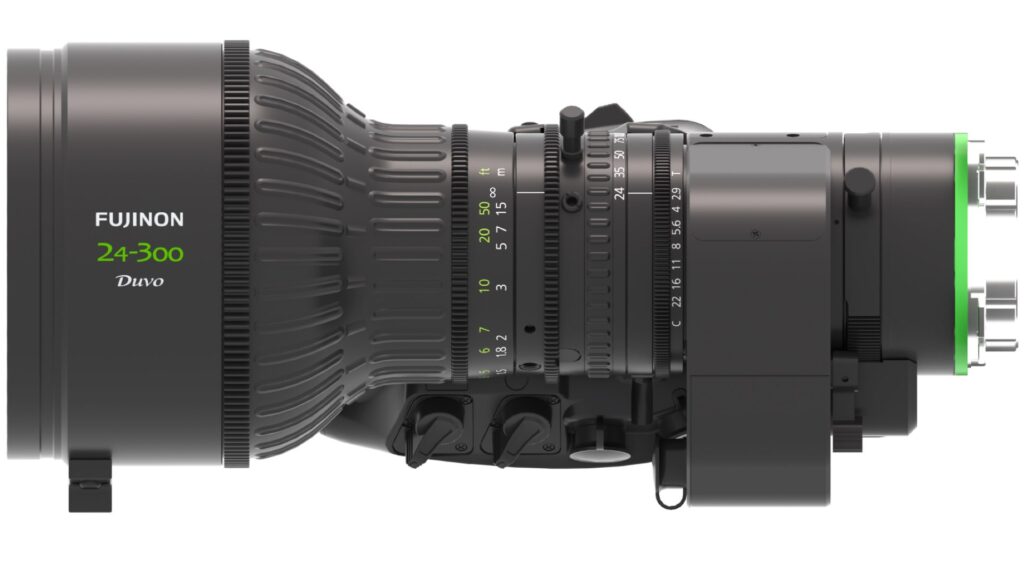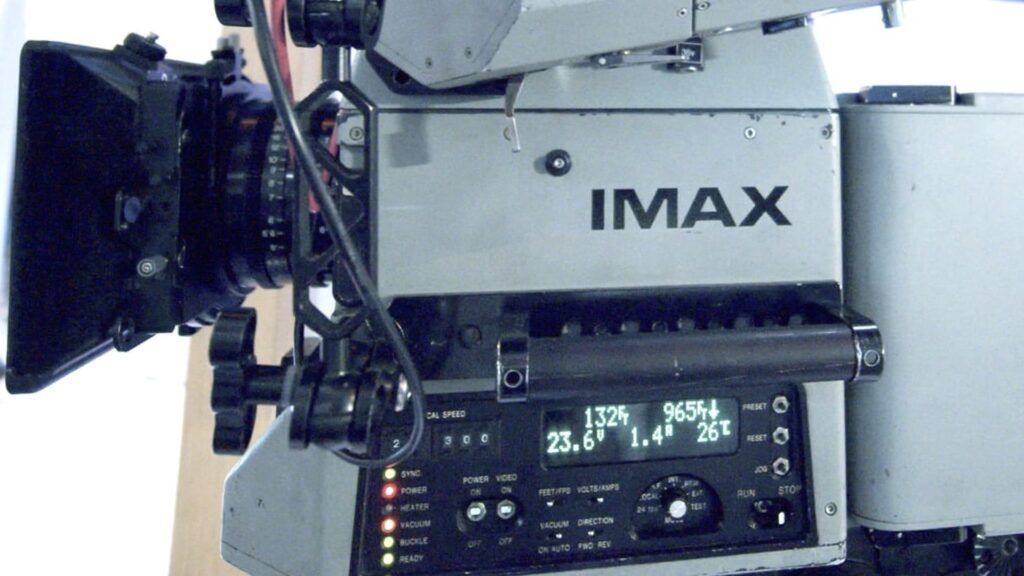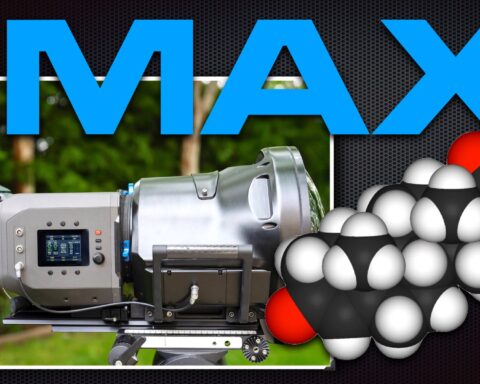How many of you know ‘Following’? This movie was directed, shot, and edited by the famous director, Christopher Nolan, back in 1998. Nolan used his own ARRIFLEX 16BL to shoot this zero-budget neo-noir crime thriller. The result: ‘Following’ has been recognized as one of the most notable no-budget films of its time.
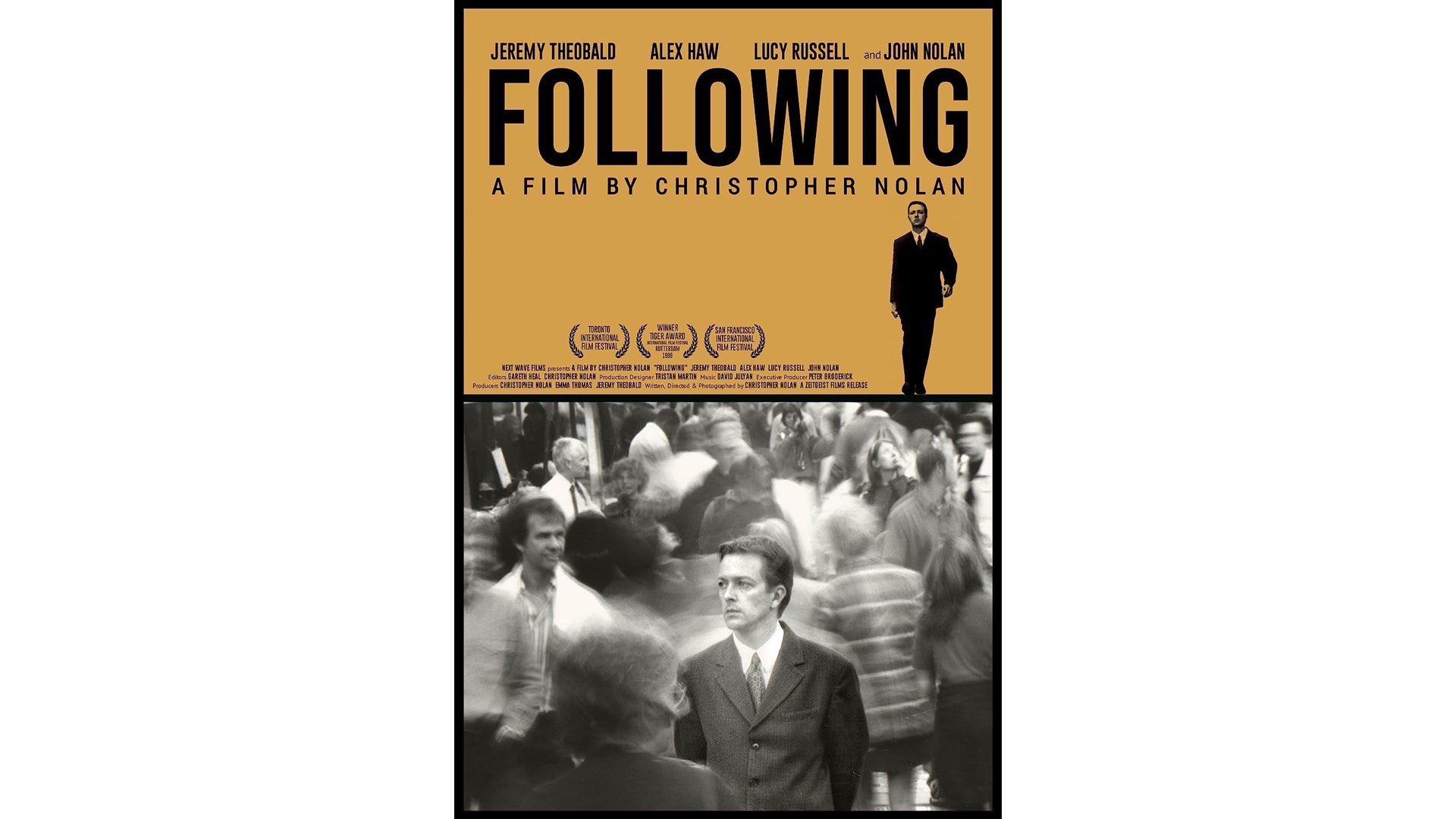
‘Following’: A zero-budget film by Christopher Nolan
All know Christopher Nolan as the ‘IMAX Director’, shooting mega-budget Hollywood blockbusters like The Dark Night, Inception, Interstellar, Dunkirk, Tenet, and the most recent super notable Oppenheimer. Every Nolan’s project is a filmmaking bombshell. Nolan loves IMAX cameras and he’s not afraid of investing tons of cash in the precious 65mm film stock, just to deliver his vision to the biggest screens available. This guy is responsible for the booming business of IMAX. Furthermore, Nolan is known for his approach to minimization of CGI and VFX. He’s a true believer in pure filmmaking and without any masks. However, how many of you know that in 1998, Nolan shot a zero-budget movie called ‘Following’?
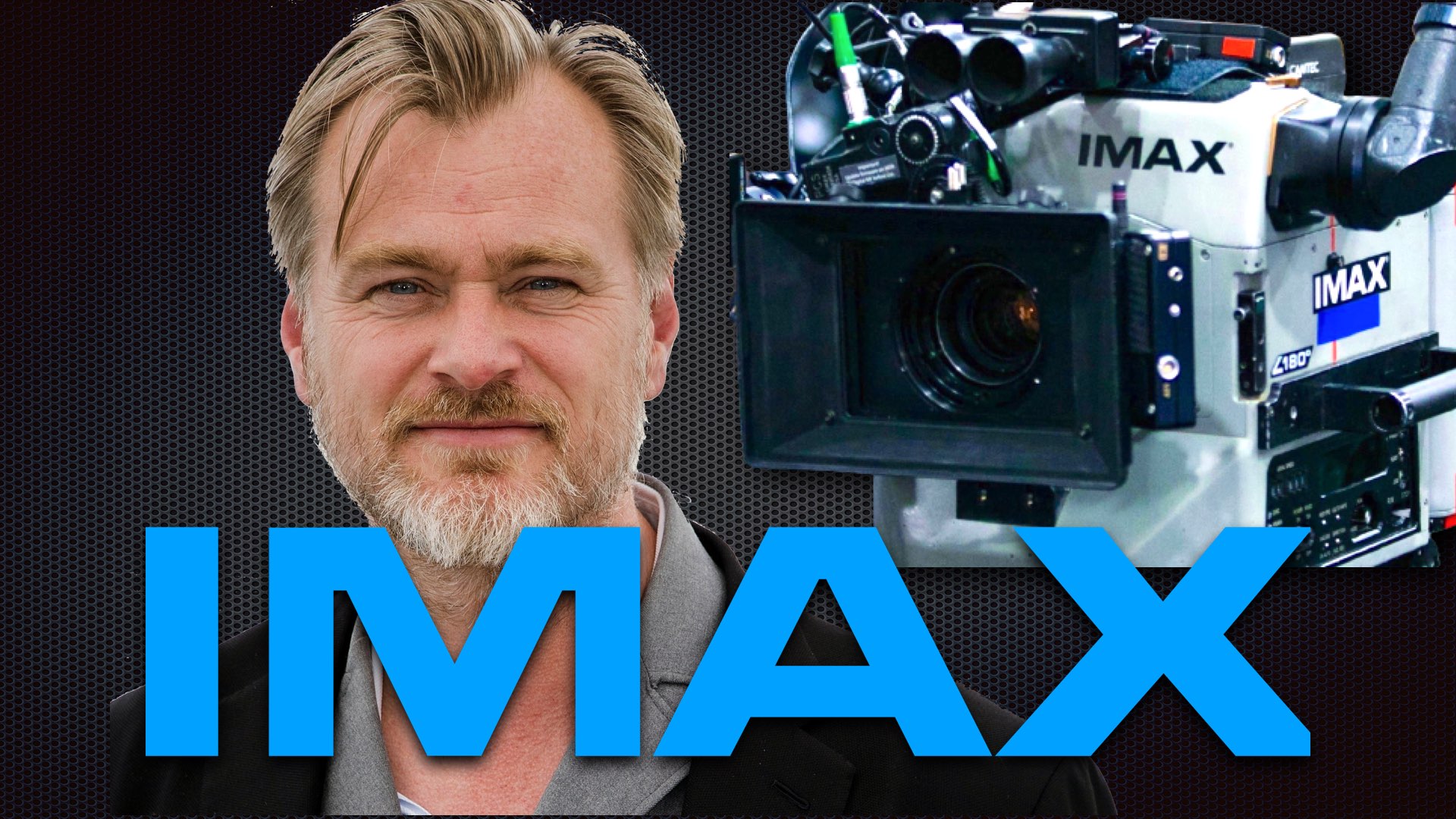
Produced, directed, shot, and edited by Nolan
Following is a 1998 independent neo-noir crime thriller written, produced, filmed, edited, and directed by Christopher Nolan. It tells the story of a young man, who follows strangers around the streets of London and is drawn into a criminal underworld when he fails to keep his distance. As Nolan’s debut feature, it was designed to be as inexpensive as possible. Scenes were heavily rehearsed so just one or two takes were needed to economize on 16mm film stock, the production’s greatest expense, and for which Nolan was paying from his salary. Unable to afford expensive professional lighting equipment, Nolan mostly used available light. Along with writing, directing, and photographing the film, Nolan helped in editing and production. Following has been recognized as one of the most notable no-budget films of its time. Check out the trailer below:
The ‘Lean Startup’
To conserve expensive film stock, every scene in the film was rehearsed extensively to ensure that the first or second take could be used in the final edit. Filming took place on Saturdays for 3-4 months. Nolan shot about fifteen minutes of footage each day. This time frame also moderated the cost of film stock and allowed him to pay for it out of his salary. For the most part, Nolan filmed without professional film lighting equipment, largely employing available light. This was made easier by the decision to use 16 mm black and white film since that eliminated the need to match the light color. He also used the homes of his friends and family as locations, including his wife Emma Thomas plays a role. Furthermore, to keep costs down, actors used many of their own props and clothes. For locations, Christopher Nolan filmed in friends’ apartments and his own. The whole film is shot almost entirely handheld, with a single camera, on Nolan’s own ARRIFLEX 16BL. Explore the video below which demonstrates the ‘Lean Startup’ methodology used to shoot ‘Following’:
Shot on Nolan’s ARRIFLEX 16BL.
As explained, ‘Following’ was shot on the ARRIFLEX 16BL, which is ARRI’s first silent 16mm production motion picture camera, released in 1965. It was replaced by the ARRIFLEX 16SR in 1975. ARRI has defined it as a mirror-reflux motion picture camera for 16mm film. the compact size of the ARRIFLEX 16BL allowed Nolan to shoot ‘Following’ without getting noticed (as compared to last year when Nolan utilized the gigantic IMAX film cameras as his weapon of choice). Here are a few details about the ARRIFLEX 16BL, as stated in the original user guide.
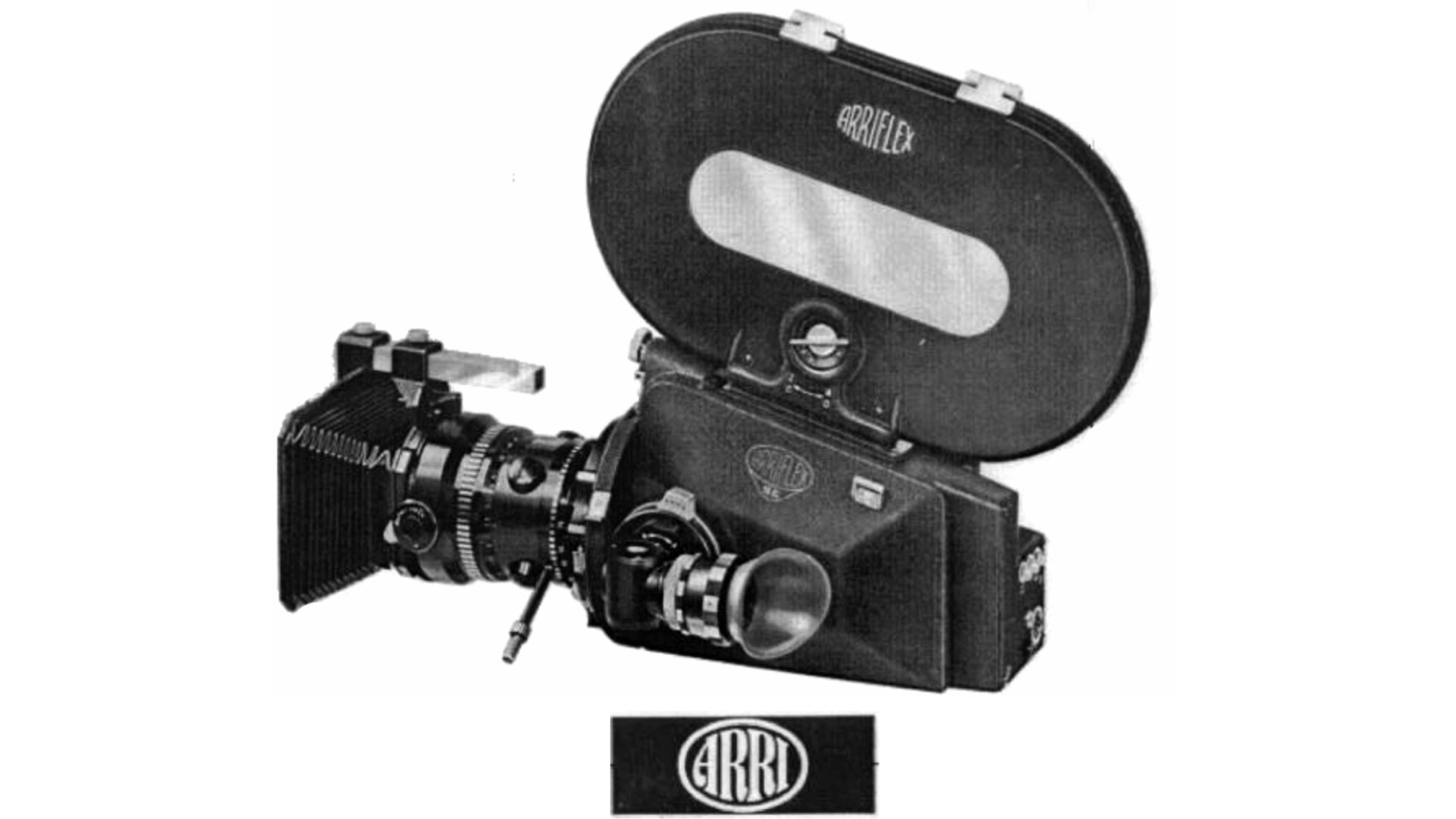
ARRIFLEX 16 BL: Constructions and Design
The ARRIFLEX 16 BL is a noiseless 16 mm mirror reflex newsreel camera with an electric drive. In order to maintain the excellent technical features of the proven ARRIFLEX models 16 St and 16 M (such as the precision film registration pin, forward and reverse operation, tachometer, footage indicator interchangeable motors, mirror reflex system, etc.), achieve a low noise level and avoid excess weight, this new camera has been built with a fully sound-proofed construction in which all components which produce or conduct noise have been insulated within or upon the camera body. This applies to the camera mechanism complete with the film transport system, the interchangeable motors, the lens, the viewfinder system, and the magazines. This construction makes the ARRIFLEX 16 BL an extremely versatile, noiseless, and relatively lightweight newsreel camera that can be used equally well whether mounted upon a tripod or hand-held with or without shoulder support. Taking advanced zoom lenses into consideration, the ARRIFLEX 16 BL has been constructed with only one lens mount especially designed for the use of zoom lenses, although normal lenses may also be used. The lenses can be exchanged quite easily. The ARRIFLEX 16 BL works with quick-changing magazines with built-in feed and take-up mechanisms. The Film transport is the same as in the ARRIFLEX 16 St and 16 M, having a precision registration pin for forward and reverse operation. The viewfinder system is different in some respects from other ARRIFLEX 16 models, the most crucial difference being the relocation of the ground glass in the forward focal plane. The Arriflex 16BL can load 1200 ft and 400 ft external magazines, which can be attached to the top. The camera is driven by a 12V crystal control motor, which can be controlled on the right side. It can record between 8 and 48 fps.
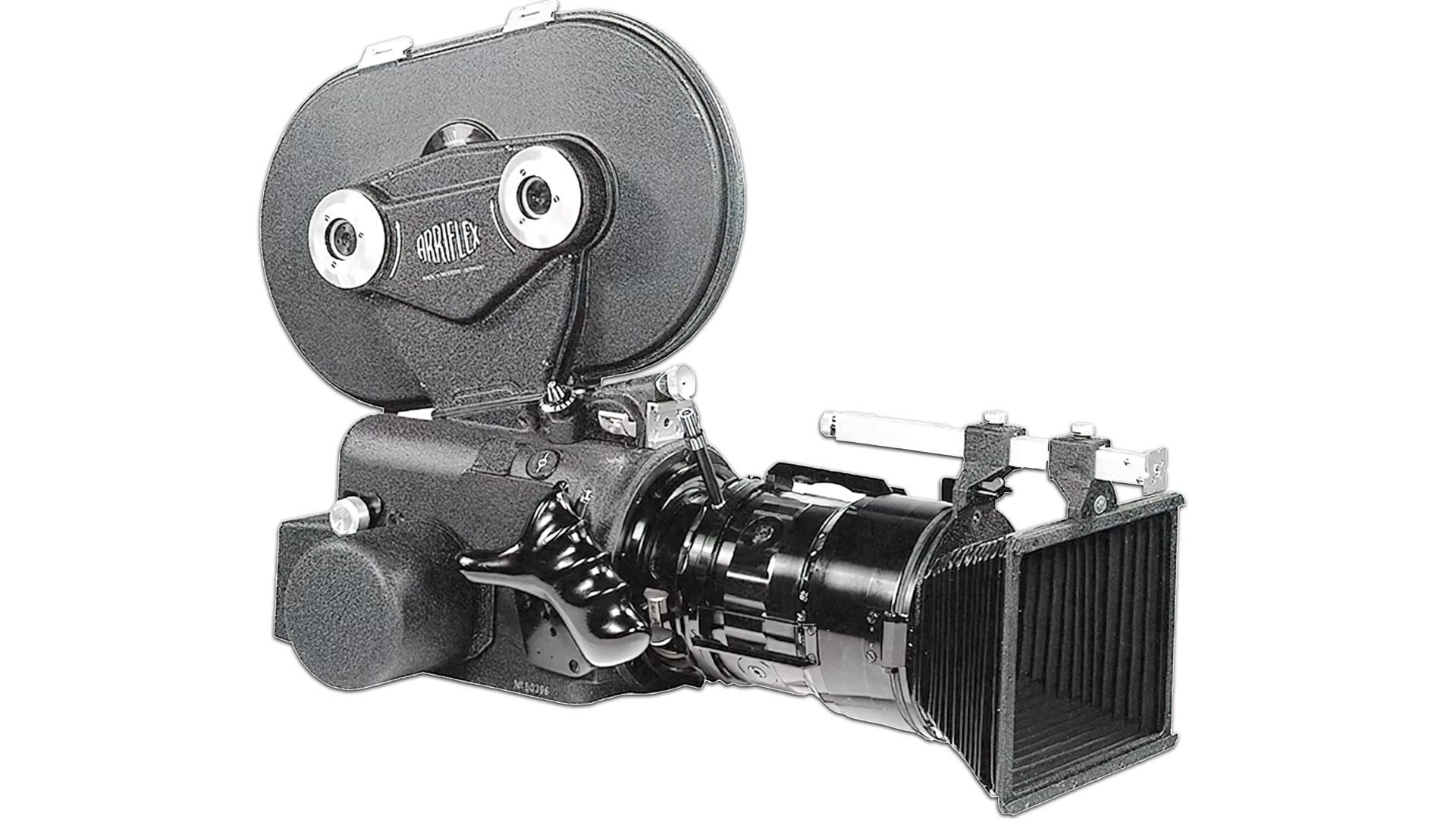
Nolan always emphasizes that you don’t need fancy cameras and a lot of money to shoot something great. ‘Following’ is proof that even one of the most notable filmmakers of all time started from zero. There are no IMAX film cameras in ‘Following’, just an old (but outstanding) 16mm ARRIFLEX which Nolan owned it.
Have a look at this restoration of a 50-year-old ARRIFLEX 16B Camera:
Also, here’s a neat educational video by Mat Marrash who explores the 16mm Film through the ARRIFLEX16S (a newer version of the 16B):
Final thoughts
Nolan always emphasizes that you don’t need fancy cameras and a lot of money to shoot something great. ‘Following’ is proof that even one of the most notable filmmakers of all time started from zero. There are no IMAX film cameras in ‘Following’, just an old (but outstanding) 16mm ARRIFLEX which Nolan owned it. Moreover, there are no professional actors in ‘Following’, but Nolan’s friends and family — as explained, the Lean Startup methodology is well implemented. Zero budget, but with maximum passion and success. ‘Following’ is one of the best case studies for filmmakers, which shows how you can shoot something from nothing. So get your mirrorless and go shoot something great. If Nolan can, so do you.


